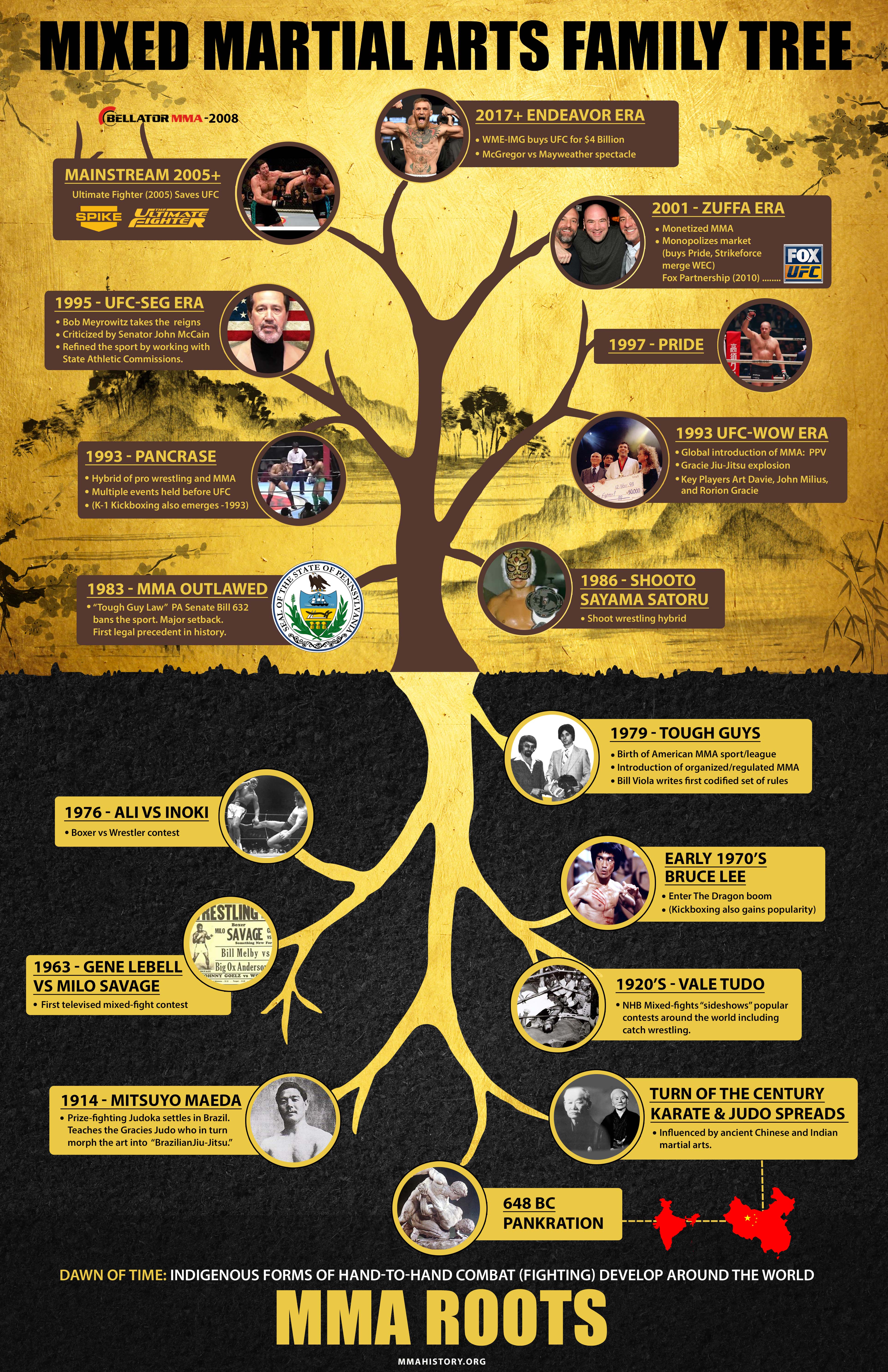Checking Out The Rich Heritage And Spiritual Capacities Of Fighting Style: A Detailed Examination
Checking Out The Rich Heritage And Spiritual Capacities Of Fighting Style: A Detailed Examination
Blog Article
Authored By-Moesgaard Francis
Enter the old world where martial arts were born out of necessity in varied regions. Cultures crafted special battling designs linked with historic contexts. importance of martial arts evolved over centuries through committed technique and cultural exchanges. Today, modern-day martial arts mix typical elements for maximum effectiveness. Philosophically, martial arts highlight technique, self-improvement, and harmony. Respect, humbleness, and balance are foundational principles leading practitioners towards growth and resilience. Check out check over herea of this rich background and philosophy to uncover the extensive influences forming this enduring discipline.
Origins of Martial Arts
Martial arts originated in various areas around the globe, evolving as functional combat systems to prevent threats. These old combating designs were created out of necessity, with each society crafting strategies suited to their one-of-a-kind environments and difficulties. From the grappling arts of Jujutsu in Japan to the striking strategies of Martial art in China, martial arts were deeply intertwined with the historic, social, and cultural material of their respective cultures.
In Japan, the samurai course polished martial arts like Kenjutsu, the art of the sword, which later evolved into the much more promoted type of Kendo. At the same time, in Brazil, Capoeira emerged as a mix of dance and fight, produced by enslaved Africans as a means to withstand injustice. Each fighting style lugs with it an abundant background and ideology, showing the worths and beliefs of the people who practiced them.
As you delve into the beginnings of martial arts, you discover a tapestry of human ingenuity, durability, and the unrelenting spirit of warriors throughout time.
Development of Strategies
Via centuries of technique and improvement, combat techniques within numerous martial arts have undertaken a profound development. From ancient styles like Martial art and Karate to more contemporary techniques such as Brazilian Jiu-Jitsu and Krav Maga, the evolution of techniques has been driven by a combination of cultural influences, sensible applications, and technological improvements.
One substantial aspect of this advancement is the cross-pollination of techniques between different martial arts. For instance, methods from traditional Japanese Jiu-Jitsu were integrated into the creation of Judo by Jigoro Kano in the late 19th century. This mixing of styles has actually caused the development of crossbreed martial arts like Mixed Martial Arts (MMA), which incorporate components of striking, grappling, and entry strategies.
Additionally, the development of techniques has actually been formed by the raising emphasis on effectiveness and efficiency in fight. Specialists have continuously looked for to fine-tune their techniques via extensive training, trial and error, and competition, causing the development of highly specialized and effective battling styles. Overall, the development of techniques in martial arts shows the dynamic nature of combat and the continuous pursuit for improvement and innovation.
Thoughtful Foundations
Checking out the underlying philosophical concepts of martial arts supplies insight right into their core values and leading beliefs. At the heart of several martial arts techniques is the idea of discipline itself. By training your mind and body to act as one cohesive device, you cultivate discipline that expands past the dojo or fitness center right into day-to-day life. This self-control encompasses regard, humbleness, and self-constraint, forming not simply your physical capabilities but likewise your character.
One more essential thoughtful foundation in martial arts is the idea of continual self-improvement. The journey of mastering a martial art is perpetual, with experts regularly striving to better themselves, both literally and psychologically. This concentrate on growth promotes durability, perseverance, and a growth attitude that can be applied to all aspects of life.
In addition, martial arts emphasize the value of harmony and equilibrium. Strategies are designed to make use of a challenger's energy against them, highlighting the principle of producing and rerouting force rather than meeting it head-on. This ideology includes interpersonal partnerships, promoting relaxed resolutions and good understanding. By welcoming these philosophical foundations, martial musicians not just enhance their fight skills yet likewise cultivate a way of living centered on personal development, respect, and consistency.
Conclusion
To conclude, the background and approach of martial arts offer an abundant tapestry of practice, discipline, and self-improvement.
Consider instance the tale of Bruce Lee, that changed martial arts by blending various styles and viewpoints to produce his own unique type of Jeet Kune Do.
Through devotion and advancement, martial musicians remain to push borders and inspire others to reach their complete potential both in fight and in life.
